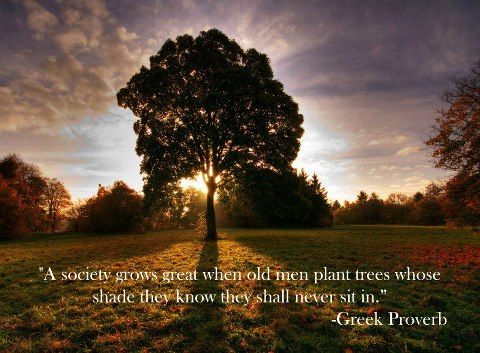
Taking a Strengths-based Approach to Young People: Moving from ‘at risk’ to ‘at promise’. Part 1
When I read British tabloids their messaging around young people is unmistakable, young people:
- CAUSE PROBLEMS.
- HAVE PROBLEMS.
- ARE PROBLEMS.
This is not peculiar to the UK. It’s a global trend and what’s more, we have a long history of running down young people. Here’s the proof:
SOCRATES (500BC) – ‘Our youth today now love luxury; they have bad manners, contempt for authority, disrespect for older people. Children nowadays are tyrants, they no longer rise when elders enter the room, they contradict their parents, they chatter before company, gobble their food and tyrannise their teachers. They have terrible manners, flout authority, have no respect for their elders. What kind of awful creatures will they be when they grow up.’
ARISTOTLE, 300 BC) – ‘When I look at the younger generation, I despair for the future of civilisation.’
This deficit based thinking has led to an endemic labeling of young people. By contrast a strengths-based view of young people says they are:
- UNAPPRECIATED PROBLEM SOLVERS.
- THE LEADERS OF TODAY, NOT TOMMOROW.
All that said, the antidote to thinking about young people as deviant is not instead to think of them as ‘deserving’ of, for example, one-way compensatory services and programmes. Defining young people solely by what they receive, fails to realise what children and teenagers need most, which is to be needed and meeting that need is about organising our communities so that the contributions of young people can be invited and celebrated. Our current way of organising lifts up consumption to such an extent as to render young people to the margins.
Of course children need supports and certainly youth work provides essential youth supports in a person centred youth friendly way. But if we think about youth development only as building a bridge between marginalised young people and the centre of our youth programmes, we will be missing a trick. As well a providing such programmes and access to them, youth engagement must also concern itself with building a bridge between young people, productive adults and the centre of their communities. The very same communities it has to be said, who all too often exile their most ‘needy’ young people to the margins.
Communities and the families that exist within them have a central role to play in raising powerful and connected children, which cannot be replaced by professional intervention no matter how well funded.
The further a child is from the centre of a caring community, the more ‘at risk’ he or she becomes. By the same token, the closer a child is to the centre of a competent community that welcomes both her fallibility and giftedness, the closer she is to her promising present and compelling future.
Today young people and older people are the most segregated groupings of modern society: segregated by age and dysfunction. Aggregating at risk youth does little in the long run to reduce the risk and sometimes it serves to increase it. The truth is young people are not ‘at risk’ per se, they are ‘at promise’, they only become ‘at risk’ when the most significant people in their lives fail to recognise their promise.
All of this is no more than nice words, unless we can figure out how to build a bridge between young people perceived as deviant by their community, and the centre of the very communities against whom they are perceived to have transgressed. So how do we move from nice words to restorative practice that heals the wounds between young and old? By starting with two assumptions:
- There is space and hospitality within every community for the gifts of all young people (regardless of their history or reputation) if we intentionally invite it in and make the connections. These spaces will not be found unless we actively seek them out.
- We do not have a ‘youth problem’ we have a ‘village problem’. Every young person regardless of past transgressions has strengths that are needed to tackle this village problem, and by so doing, to build inclusive sustainable communities.
It is said that it takes a village to raise a child. Well that may have been the way of the past, but in the future-if we can learn to embrace the giftedness of our young people- it may be truer to say it takes a child to raise a village.
Looking at young people as ‘at promise’, instead of ‘at risk’, reframes the challenge before us. It is no longer singularly about stopping harm being ‘done to’, or ‘done by’ young people, but about liberating the promise in young people to be productive alongside neighbours of all ages to grow a shared and compelling future. When that is our starting point, then accordingly risk reduces.
As I conclude, the Greek proverb comes to mind:
“A society grows great when old men plant trees whose shade they know they shall never sit in.”
It makes sense really. Who has a greater stake in the future than young people? The raw materials they use are strengths and capacities within themselves, but also within their communities. This is true across the life course from womb to tomb; we build our futures by using what we have to secure what we need, nothing of worth has ever been built on deviance, strife or misery, nor indeed, through isolation.
Let’s start afresh by agreeing that our young people are ‘at promise’, not ‘at risk’, and do whatever we can to help them realise that promise, by actively inviting their contribution in the resurgence of the village. That’s a risk worth taking and a legacy worth creating.
Cormac Russell


Richard Burelle
Great perspective
Another place to focus on what is strong not what is wrong